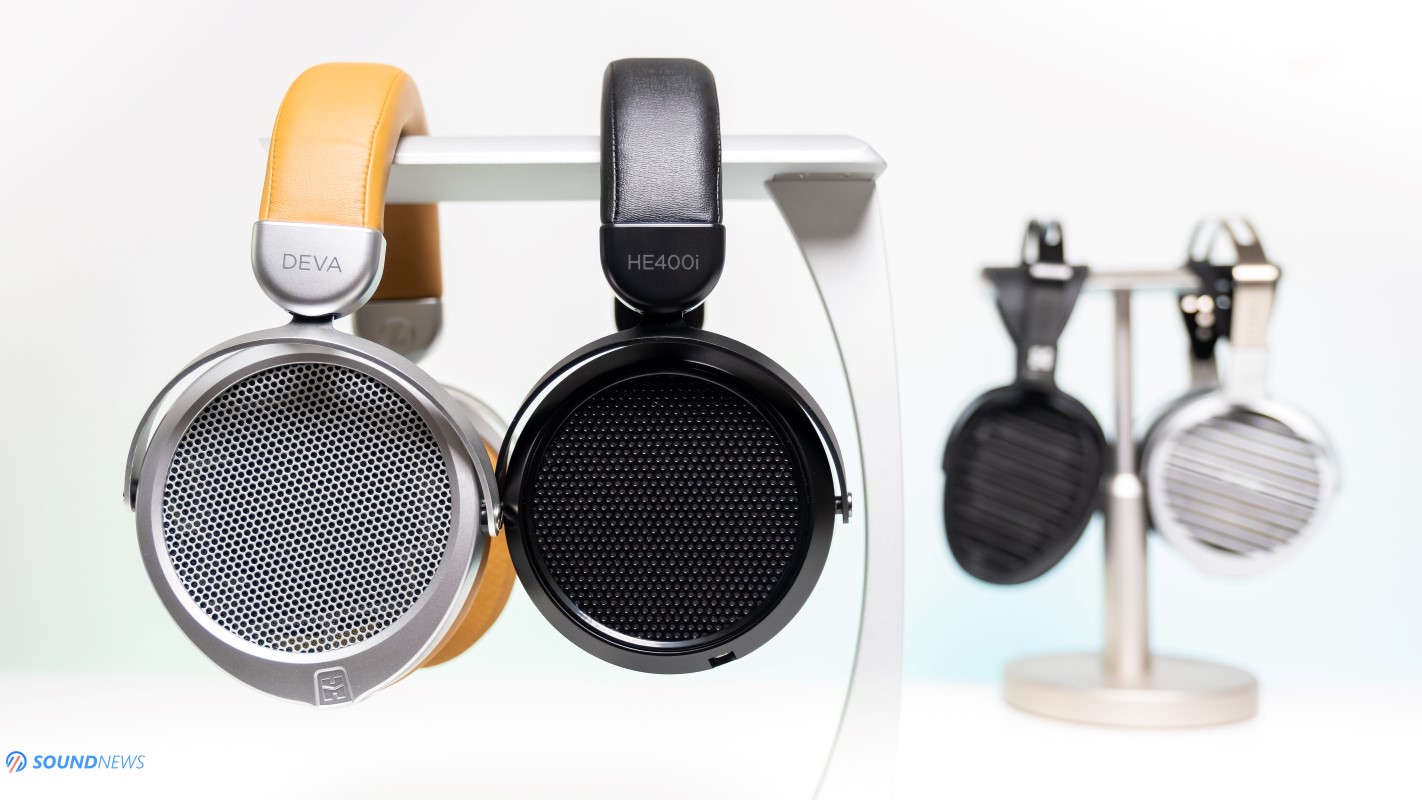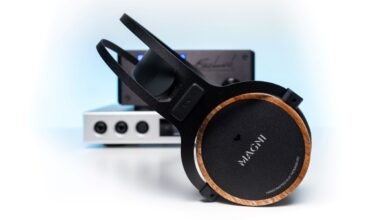Hifiman HE400i Ver.2020 Review – Entry Level Planar Headphones

My Video Review:
When Hifiman lowered Sundara’s price to $350, a lot of people that never tried planar magnetic headphones, were now ready to give them a spin. To this day, Sundara is the still the best-selling headphone of Hifiman, only because it was able to strike a nice balance between sound quality, looks, comfort and price. Hifiman Deva was another eye opener of mine and while I wasn’t that impressed by its wireless capabilities and features, when being driven by a well-made amplifier like Flux Lab Acoustic FA-10 in wired mode, Deva literally transformed from a larva into a beautiful butterfly. Everything improved to unrecognizable, as they sounded as a serious pair of desktop planars. My measurements and subjective opinions proved that they can compete even with pricier offerings, if you are willing to feed them some sweet Class-A power. With all that said, I never thought a day would come in my life when I would be listening to a pair of desktop planar-magnetic headphones that cost only $169.
The most peculiar thing to know is that HE400i 2020 version that I will be testing today – is an updated version of the HE400i that was released in 2015, but instead of their initial price point of $500, Hifiman went downhill to just $169!
If you wondering why that happened, it is quite simple. Drop.com sold 4.300 units of Meze 99 Noir that cost $200, some 53.500 units of Sennheiser HD58X at $170, 40.000 units of Hifiman HE4XX that go for $160 and a whole lot of Sennheiser HD6XX priced at $220, more exactly 112.400 units to this day. However, if you look at headphones past $500 price category, they are barely moving 1.000 units or much less than that. It is obvious that most people are willing to buy a pair of headphones somewhere between $150 and $250 and they are not that happy to pay more than that. Hifiman needed such a headphone to complete as a business model and that is pretty much why HE400i 2020 was created. As a headphone enthusiast, I can only be happy as more people can check what’s the fuss about planar magnetic headphones. As usual, I will be conducting a comprehensive review, including detailed measurements and comparisons.
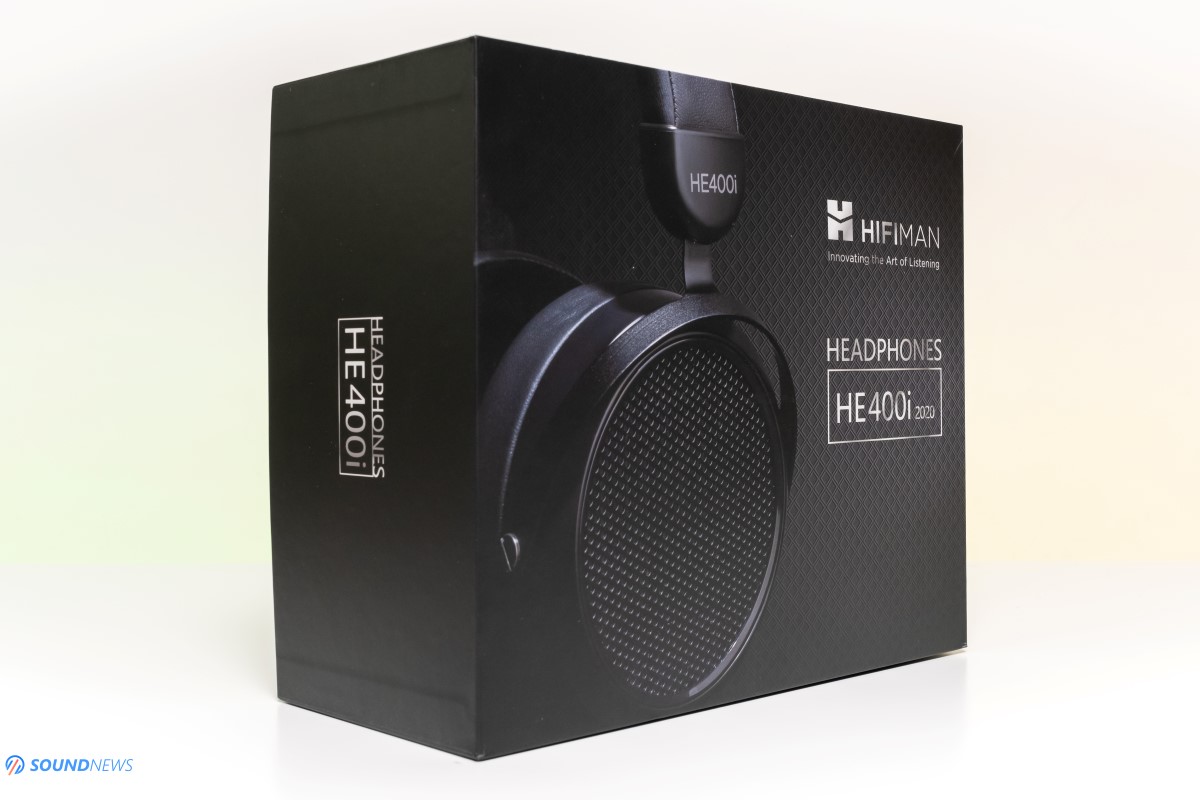
Unboxing Experience
HE400i came double boxed for a good protection during shipping. The smaller product box is actually the same that is coming with their Arya and Deva headphones, which is a good sign already. After opening it up, HE400i were sitting comfortably in a silky fabric surrounded again by lots of foam underneath and on top of it. You’ll find an owner’s guide, a limited warranty and a nice detachable cable, that is exactly the same coming with their Arya and Deva headphones. I like that it is a shorter 1.5m cable, it’s wrapped in a nylon textile material, it’s super flexible, completely free of any microphonics and feels more than decent in the hand. It is terminated with a 3.5mm jack (1/8”) plus an adapter to 6.35mm (1/4”) is attached to it, so you can use them with portable and desktop devices. I would personally like to have a functional hard carry-case, instead of that silky display case, but I will leave it as a hint for their future models.

Looks & Build Quality
This is their second headphone model that uses a new headband design, reminding of their older headphones as HE-500 and HE-6. Especially the cup design is reminiscent of Old School Hifiman, which defines and differentiates them from all other headphone manufacturers. The newer grille is nice looking too, I like their open look as you can clearly see their planar drivers if light shines through it. I like their bigger cups compared to Sundara and I absolutely adore their newest ear-pads which are softer, plushier and more comfortable long term. As a matter of fact, HE400i has deeper ear-pads with more cushioning compared even to Arya or Susvara, which is quite amazing to have at such an affordable price.
The yokes that are holding their cups, its grilles and the rods that are adjusting the height position are all made out of metal. There is quite a lot of metal in here and little to no plastic if being completely honest with you, only its cups are made out of hard plastics and everything else is eco-leather and metal. The build quality is good and construction is sturdy, they will surely resist a lot of abuse. The earpads are user replaceable, its cable is user replaceable too. Considering that all the newest Sennheiser headphones including HE6XX line are made out of plastic and that Audeze LCD-1 is also made out of hard plastics, I am actually surprised by the build quality and attention to details at such a low price point.
The only thing I dislike is that they don’t swivel that much, I’d say about 15 degrees to left and right. I have a medium sized head and that is a non-issue for me, but it could be a small issue for bigger heads.
The most amazing part it’s their comfort level which is very high. At only 370 grams (0.8 lbs) that is very lightweight by planar standards, there is little to no pressure on top of my head or around my ears, the eco-leather ear-pads have a soft textile material that touches my cheeks, so I can wear them even in sunny days without sweating at all. All in all, HE400i 2020 edition have a nice build-quality and are very comfortable to use even for few hours straight, which is a huge compliment.
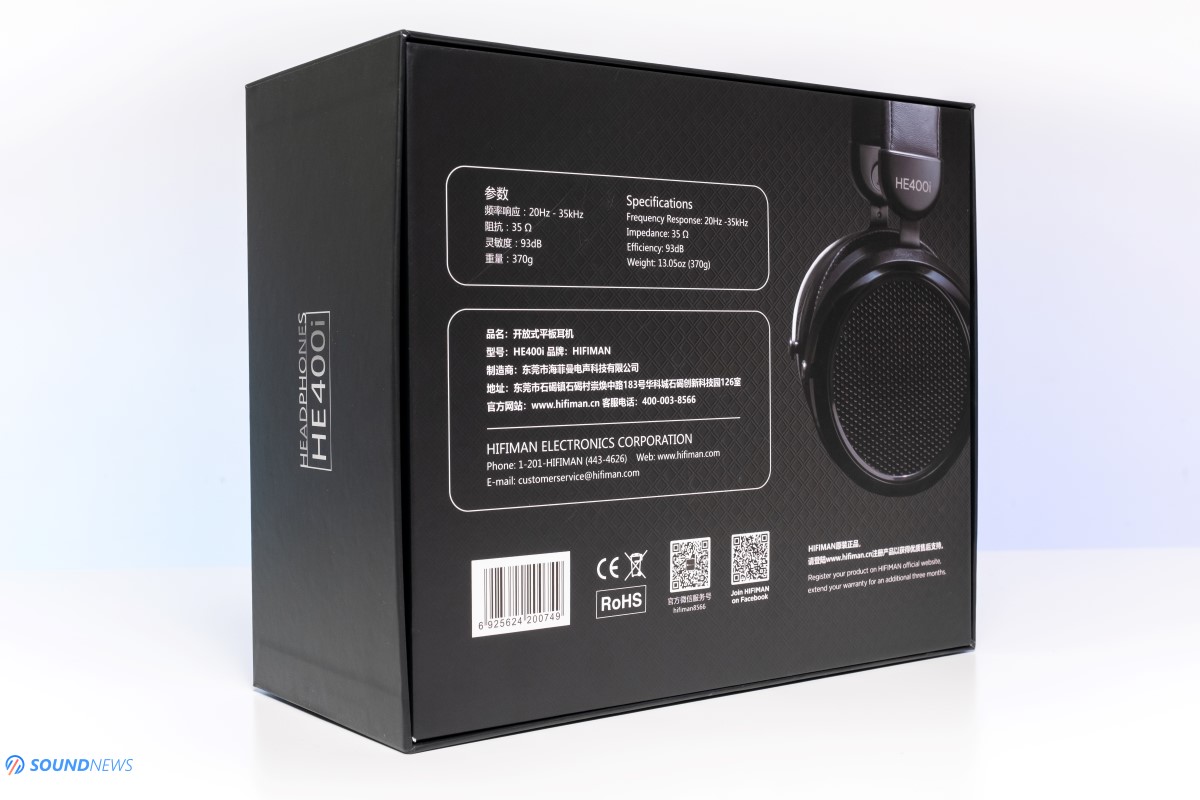
Cable Quality
This is pretty much the same stock headphone cable that is coming with Arya and Deva. Headphone jack housing is made out of metal, both jacks are gold platted and the cable itself is wrapped in a nylon outer jacket. I can’t hear microphonics when it’s rubbing against my clothing, which is always nice to experience. The cable is moderately thick, but quite flexible, so it should resist twists and stretches. In about one year and a half, the nylon jacket around the headphone connectors will start to peel-off, but you can always buy a secondary cable from Hifiman if that is bothering or you can try nicer ones from 3-rd party cable makers.

Tech Inside them
Hifiman is describing them as easy to drive Full-Sized Planar Magnetic headphones. Seeing that cable terminated with a 3.5mm jack, it is clear that they want you to drive them with pretty much anything that has a headphone jack. They do have a pretty high sensitivity of 93 dB per 1mW and a low impedance of just 35 Ohms. Nonetheless, they still need quite some power compared to a portable over ear headphone like Sennheiser Momentum line or Meze 99 line. HE400i will work out of portable sources, but make sure to use a nicer one with a dedicated headphone amp section, like the newest dedicated DAPs are having. The best part is that the same original drivers of HE400i that were released in 2015 were used in here too. Their lower price point was achieved by using a single array of magnets instead of a push-pull configuration of their pricier models. A smaller number of magnets will directly impact the weight of the headphone and its sensitivity, so HE400i are both lightweight and easy to drive by planar standards. It is actually by about 30% lighter compared to its predecessor, since it uses a lighter frame and headband.
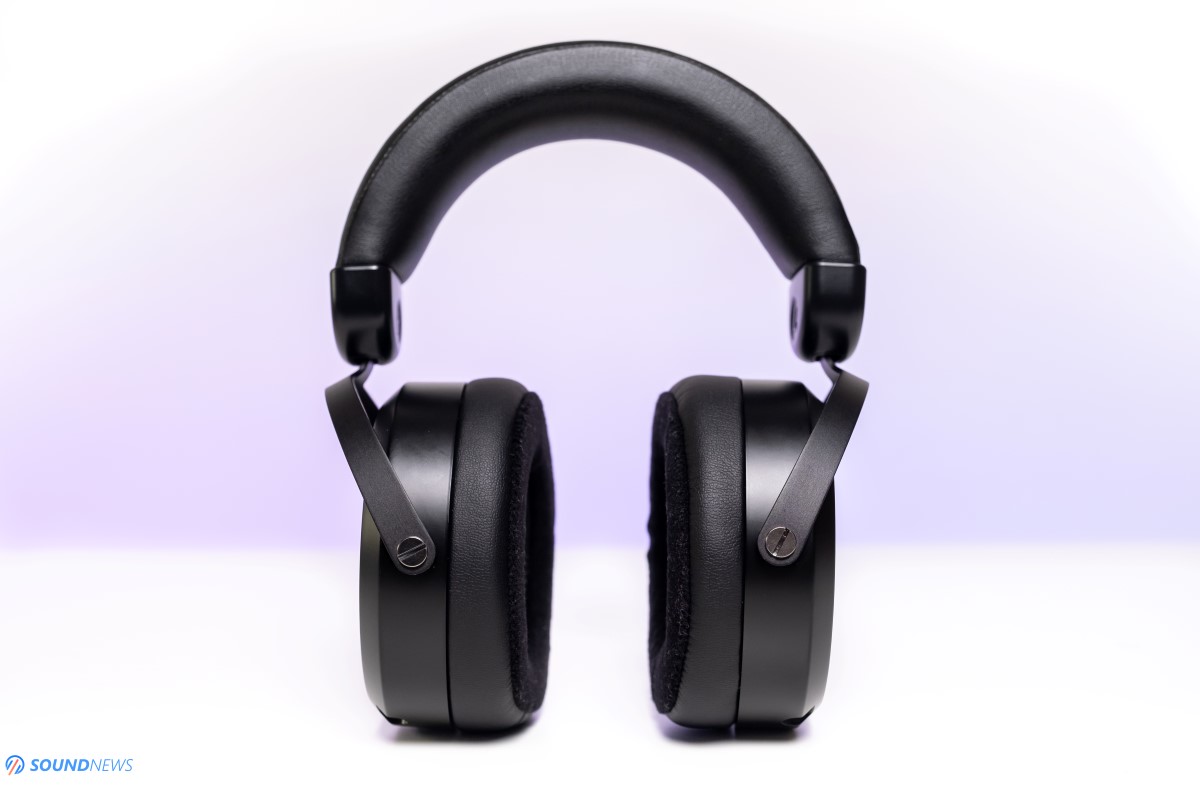
Sound Performance
I. Preliminary Impressions
Even from first minutes I could swear that I’m having a pair of Hifiman planars on my head. It’s quite difficult putting a finger on what exactly makes them so different, but it is there. HE400i are technical sounding headphones above anything else, they sound almost robotic to some degree. Everything is perfectly aligned and sitting exactly where it should be. You hear its clean bass performance, then its technical midrange, treble notes are playing in a completely different spot, separated from the rest. There is a lot of air between all these notes, soundstaging capabilities are quite impressive, their layering is special too, pin point imaging is precise and accurate. There is plenty of information and micro-details for the listener, that it could put to shame even kilo-buck headphones. On the flip-side there isn’t that warmth, that creamy midrange you can find in Meze, Kennerton or Audeze planars. Tonal balance is holding nicely with lots of details in the treble, but sometimes it can sound harsh and brittle, especially in very linear and honest sounding setups like mine. Feed them sweeter Class-A power and that harshness can be completely forgotten, exactly as it happened with the Flux Lab Acoustics FCN-10.
Out of a balanced headphone amplifier, they are hitting pretty impressive, there is a decent bass thump, HE400i will impress a little bit more with their speed, than with their slam and impact. No matter the music, I wanted just by a hair a better midrange presence and a deeper sub-bass performance, but everything else was in its right spot.
Sincerely, there is very little to complain about it, detail retrieval will put to shame headphones costing a lot more and same can be said about its soundstage and imaging. The only thing that will not outperform said headphones is the midrange section that is less impressive, voices are not sounding as deep and guttural, there is less meat to the bone and instead of a heavier tonality, HE400i wants to impress you more with its technicalities than anything else.
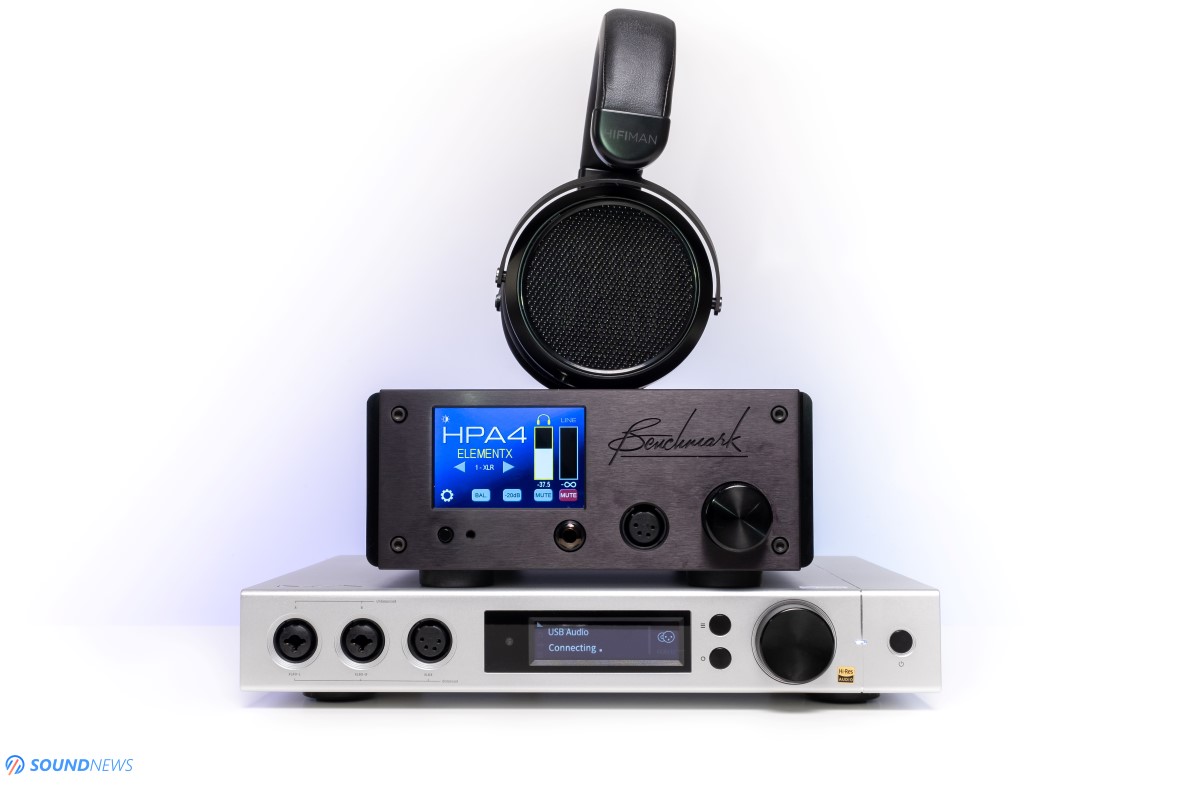
II. Power Requirements
I want to briefly touch the subject of its sensitivity and how much power is actually needed to fully drive them at maximum potential. I don’t know how Hifiman is doing it, but all their planar headphones are slightly harder to drive compared to the rest of planar mafia and I’ve felt the same with these. I will say right away that HE400i can be hardly driven by portable sources as smartphones or laptops. Their Ananda headphones could be driven by pretty much anything, but HE400i, together with Sundara and Arya are something else. You will need at least a portable DAP that can provide a few hundred milli-watts of power if you want to hear some better dynamics, control and a wider soundstage. I’ve tried them out of a Xiaomi Mi9T Pro and out of a Microsoft Surface Pro 7 and there wasn’t enough volume, even at maximum I still wanted more.
Portable DAPs of Shanling and FiiO worked much better with these and finally they were able to awake better dynamics, volume was higher and distortion lower, all in all I was experiencing a much better performance out of them.
They worked the best out of a Flux labs Acoustics FA-10, followed by a Benchmark HPA4 – both in balanced configuration. Only with these two, I was able to awake them from their deep sleep, bass felt improved to unrecognizable, speed and slam as well. Now we are talking about, they started sounding like proper hard-hitting planar headphones. If you are on a quest to find the most affordable setup to work with these, I wholeheartedly recommend the Topping L30 + A30 stack that will cost you around ~$270 if you buy them together.
Considering their tonality and the thinking that went behind these, I would pair them with warmer sounding sources and amplifiers, anything with AKM, Cirrus Logic or Wolfson digital to analog converters and some class-A power will make them a much better pair of headphones.
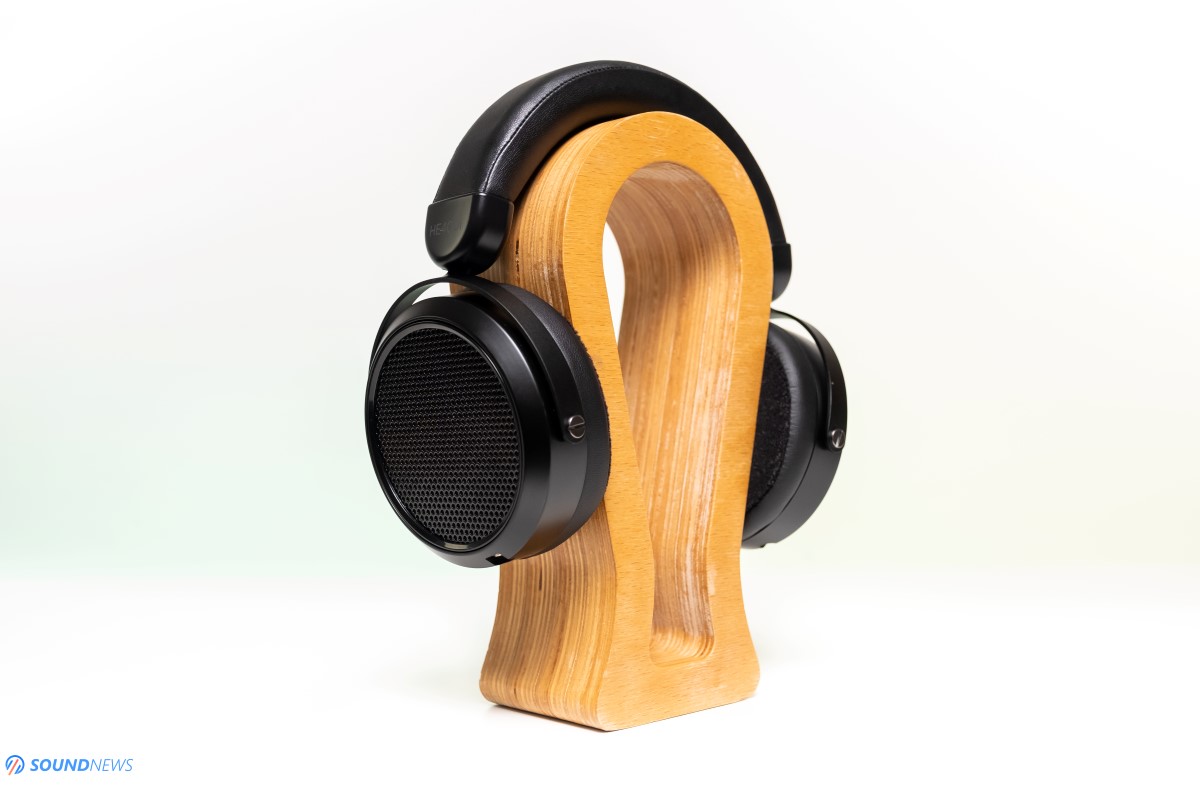
III. Transient Response
As I have explained in multiple reviews of mine, transient response can be defined as an arithmetic mean between speed of sound and amount of air that is being delivered in an instant – also known as slam or kick into eardrums. For example, Audeze headphones are more about the later part, they will kick hard but will not move as swiftly as Hifiman headphones are doing. Hifiman are more about the speed, about fast decays of the notes and less so about huge body hits and deep reaching bass notes. Even so, HE400i can easily outperform the transient response of much pricier headphones (cough Empyrean cough). I’m very much into fast energetic music, it is part of me and can’t deny that I really enjoy when speed and slam are rendered perfectly. It’s important to know that a decent digital source will offer a nice speed of delivery, but for a better slam – a desktop headphone amplifier will be needed. The biggest difference of using them with or without an amp actually lies exactly in here. HE400i will be considerably livelier sounding and way more engaging out of one.
If you are a lot into fast music, be it rock, metal or electronica, they will be to your liking with an instant decay of the cymbals, with clean, fast sounding drums, articulate and clean bass performance that is carrying a decent amount of slam too.

IV. Detail Retrieval
This is another interesting chapter where I think that HE400i can easily outplay pricier headphones like Sennheiser HD6xx line of headphones, Meze 99 line and others. Their transparency is about on the same level with Ollo’s S4X Reference and just a hair below Kennerton Magni and Gjallarhorn headphones. Transparency and detail retrieval are actually not that far off from Arya, which comes as a huge compliment for them. HE400i are having a clean nature and there is no doubt about that. The gaps in the frequency response are very little, there are actually more rises than gaps in the treble area and all this leads to a feeling of more air, of more transparency and details. I don’t think I ever heard a headphone that cost less than $200 with so much air around those notes and plenty of details even past 15 kHz. Sennheiser HD6xx line of headphones will sound quite impressive in the midrange with their smooth and natural approach, but they will be hiding plenty of information at the frequency extremes. HE400i are almost complementary headphones as they will impress you more with their bass and treble performance and less so with their midrange.
Its distortion stays always in check, even at 85dB of volume it never reaches 1% of THD (total harmonic distortion), pretty impressive considering that headphones like Erzetich Phobos ($2000) will sometimes reach higher distortion as 2%.
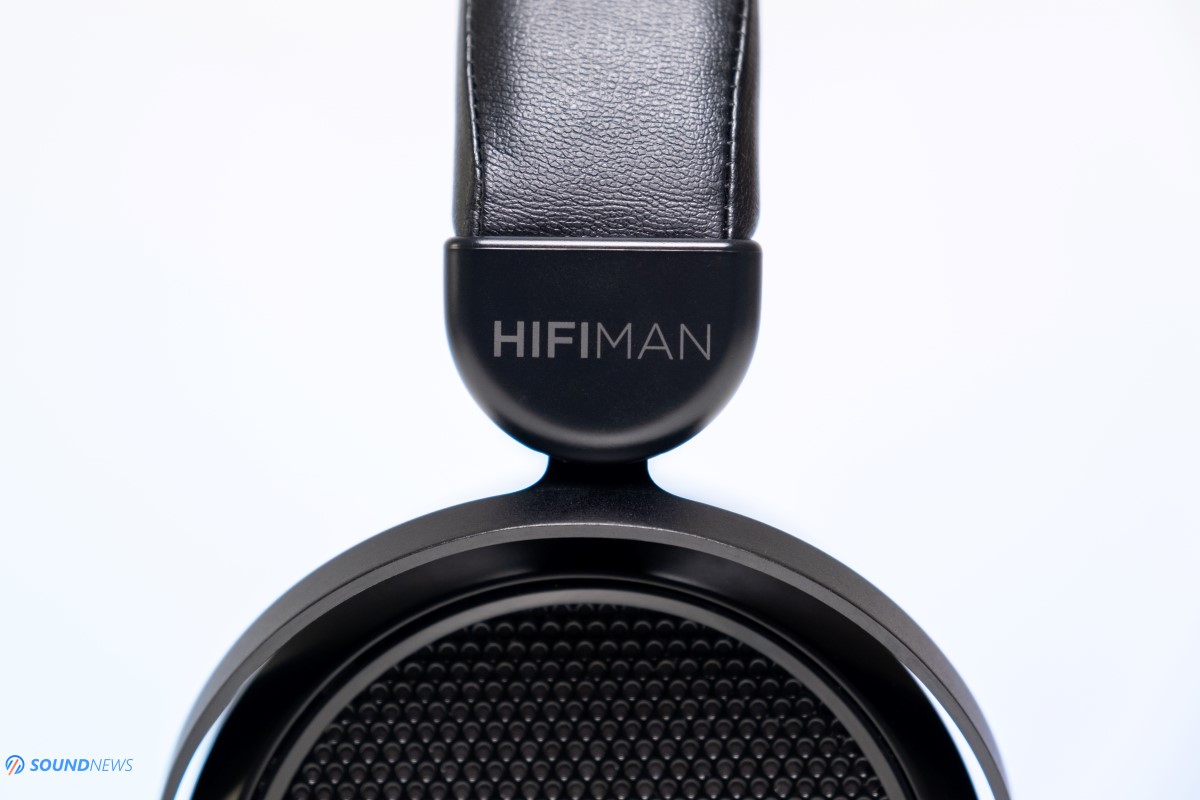
V. Soundstage & Depth
HE400i presents a natural and well spread soundstage, it isn’t a super tall one how Hifiman Arya is offering, nor a super extended one to a point of being fake sounding how Sennheiser HD800 are doing, but somewhere in the middle of these two. HE400i don’t have any layers of felt or foam between their drivers and the outer grille, so these are as open as you could possibly have. They don’t sound very different in here even compared to Hifiman Susvara, which are by about 35 times more expensive than these. There is plenty of air between the notes and no matter the song that is being played, these will never sound closed-in or upfront, on the contrary they will push more void space between each and every note. These are even more open sounding compared for Fostex TH909 ($1800) and to Erzetich Mania (€1200), which should tell you a lot how I feel about these headphones.
I went thought a series of albums ranging from classical, jazz, blues and lots of rock and HE400i were able to increase or decrease the stage size depending on the recording and a lot on the gear being used. Another interesting part is that few micro-details were coming very naturally one after another, layer after layer, its clean and transparent nature was increasing the feeling that more air is lingering around every track. These sounded the widest out of a balanced headphone amplifier, well spread out of a portable DAP and decent but unimpressive out of a laptop, so take that into consideration.
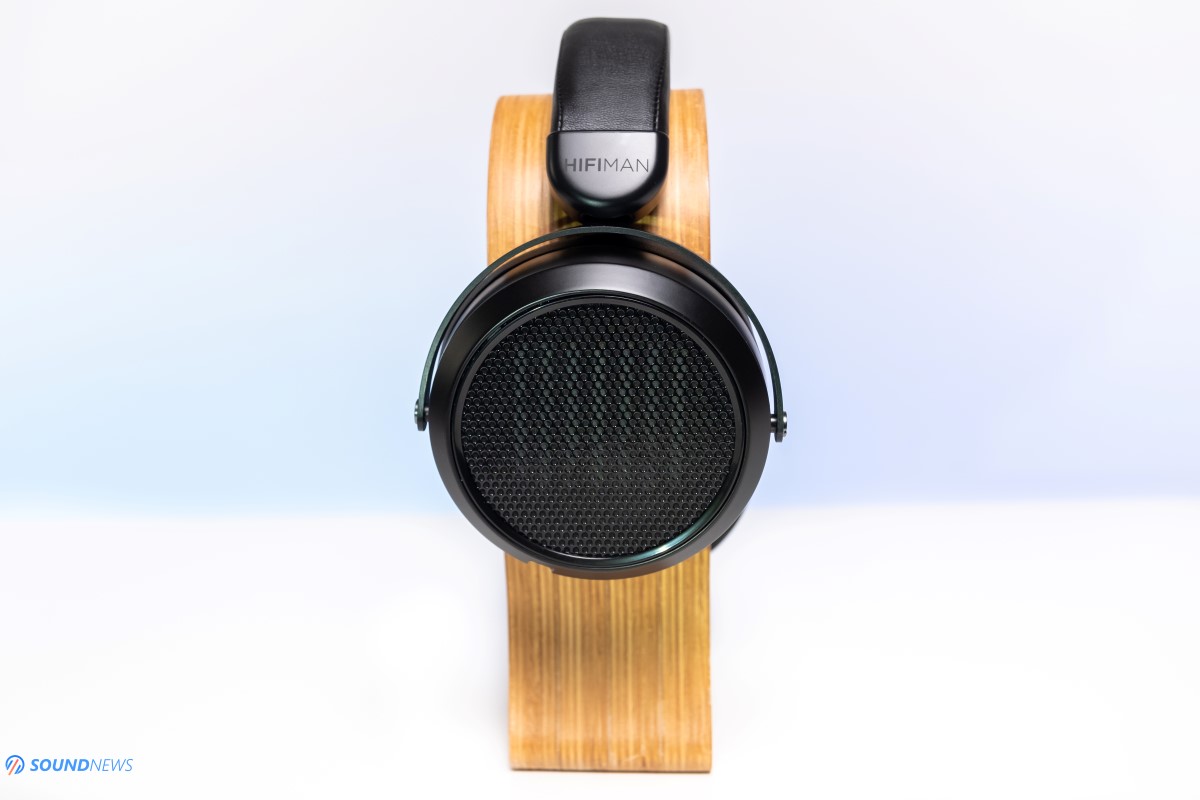
VI. Frequency Response
A. Base
I am still describing a planar headphone, right? You can be certain that planar bass is in here too, its precise, its clean, it goes pretty low but not too low, it is layered and extremely fast sounding. You will not find that woolly, slow or muddy type of bass, it is more on the opposite camp by being textured, clean and outlined. I went through multiple electronica tracks and I’ve felt that bass notes are reaching sub-bass levels even with the most demanding tracks, but its intensity is lowered a bit. Hifiman Arya and to a lesser degree Deva – have it by a hair deeper and more extended top do bottom. I want to be clear that is has sub-bass information, but it’s not a linear type of bass. Luckily, EQ works as a charm with these and by adding about 6dB between 20 and 60 Hz will make them much closer to higher tiered Hifiman headphones. The good part is that with EQ or not, bass is undistorted, it is clean, it can be sustained with longer bass notes or it can decay instantly with fast electronica, which is always nice to experience, but shouldn’t be a surprise since this is a planar headphone.
Mid-bass is considerably better and doesn’t need any EQ at all. It is very much a linear type of bass, as you can easily hear it defined, impactful and very engaging. Quite possibly mid-bass is its best part in the frequency response, it is simply perfect in here.
B. Midrange
Midrange is fine by my standards, the curious thing is that it’s neither warm and full-bodied, nor dry and uninvolving. This is very much a Hifiman headphone, as all their headphones are quite linear in here, very technical and precise, but not too warm and smooth sounding. You will not find in here Sennheiser HD6xx like voices, nor Audeze lushness. Hifiman is quite possible the only headphone brand that is not adding too much weight and naturalness to its midrange section. Don’t panic yet, as most of my listening and measurements were done via a very linear and colorless setup. Matrix Audio Element X paired with Benchmark HPA4 are completely disappearing from the acoustic chain, they help me immensely in uncovering the true identity of every headphone. Once I connect them to a warmer sounding unit as Flux Labs Acoustics FCN-10, the combination of a AKM chipset + an all discrete output stage and class-A headphone amplifier are making them much more natural sounding, especially the midrange is transforming quite a lot. It’s important to know that HE400i will be changing their tonality in different setups and you can easily make them warm, neutral or bright sounding if you want.
C. Treble
All Hifiman headphones are very strong in in treble and HE400i is no exception in here. If you love hearing detailed, defined and clean treble performance, then I’m happy to inform that you will find more information in here compared to most planars. There is a gentle drop somewhere between 3 and 6 kHz area and then a rise between 7 and 10 kHz. Treble is uneven, but it is absolutely the same with any other headphone. With some particular tracks I felt it calm and rolled-off and with others I felt it leaning towards brightness just by a little. Our most sensitive part is somewhere between 6 and 9 kHz, where treble starts rising offering a very defined texture of every sound in this region. Bells and cymbal crashes have a somewhat crispy and metallic nature and that is exactly how they should sound. Since, these are quite fast sounding, double drums will not pose a problem even with the fastest and most demanding music. I personally like this kind of treble reproduction and thanks to its gentle roll-off past upper treble, I can listen to my tunes without any awareness from my part.

VII. Measurements
After giving my full subjective opinion, I think it’s time putting them under a magnifying glass. I am curious mostly about their FR, THD, but also about its decay and waterfall. When it comes to measurements, I trust a single headphone amp to do this job: the ultra-linear Benchmark HPA4. The source was my trusty Matrix Audio Element X and the measurement rig was the MiniDSP E.A.R.S. system.
I only used Original Headphone Compensation (HPN) files for this particular EARS serial number, because I feel that Compensation for Flat EQ (HEQ) files are not very representative. EARS system has some huge silicon ears but that wasn’t a problem for big earpads of HE400i. Since it’s a fully open-back headphone, I tested them in a sealed room and I redid all my tests more than 10 times.
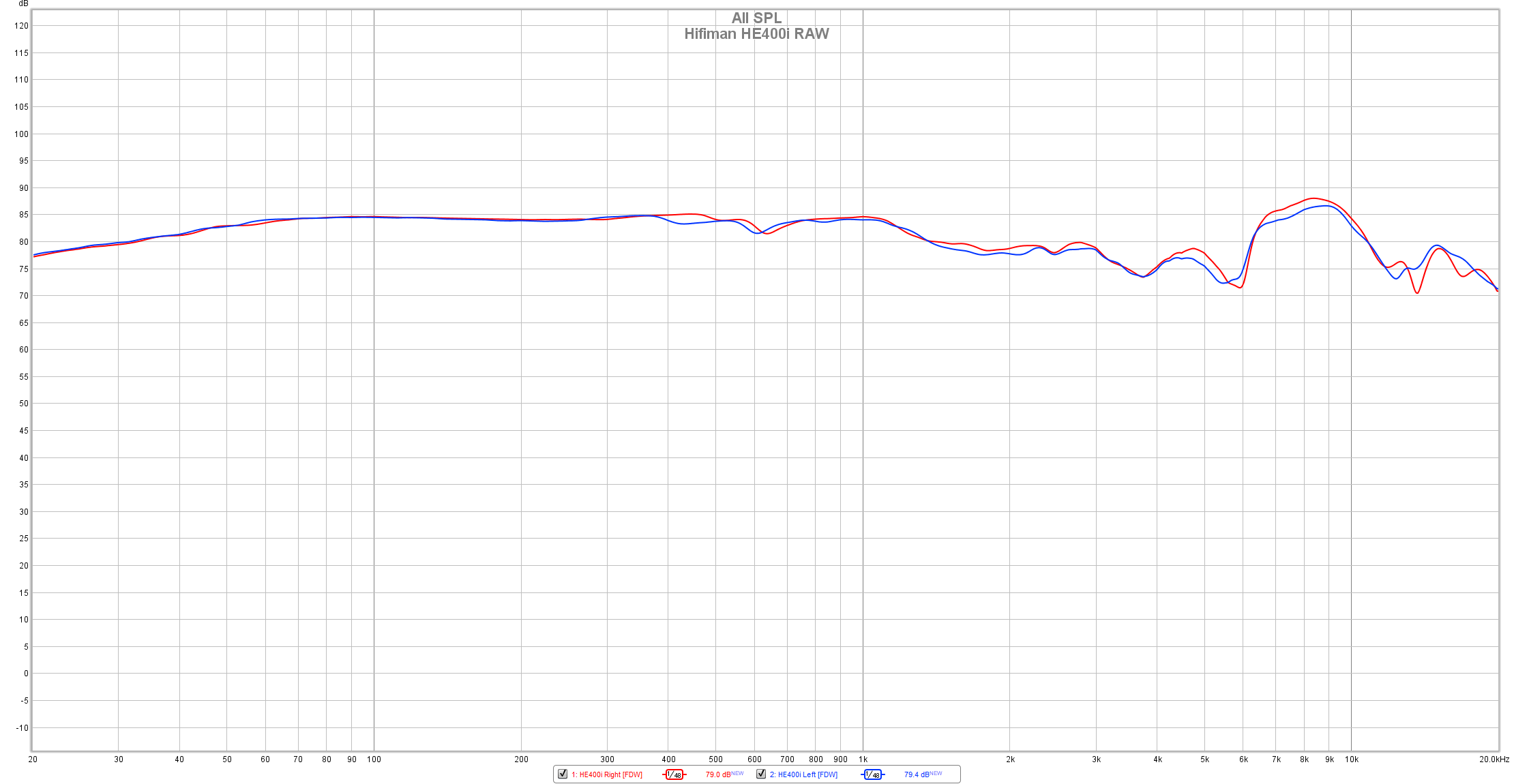
Checking their RAW measurements without applying a smoothing filter shows a good driver matching between the right and left driver, but it is not perfect as it can deviate as much as 2 dB in some particular areas – pretty normal behavior and nothing to be worried about. As I expected, the base and midrange area are really good. As you can see sub-bass is good but there is a gentle roll-off that can be corrected with a nice EQ curve, increase the 20 Hz region by about 7 dB and gradually lower it until you hit 60 Hz form where it starts looking straight and perfect . HE400i is an engaging sounding headphone and that can be seen from the graphs. You can spot a roll-off between 1 kHz and 6 kHz area that is smoothing quite a lot the treble presence in this region.
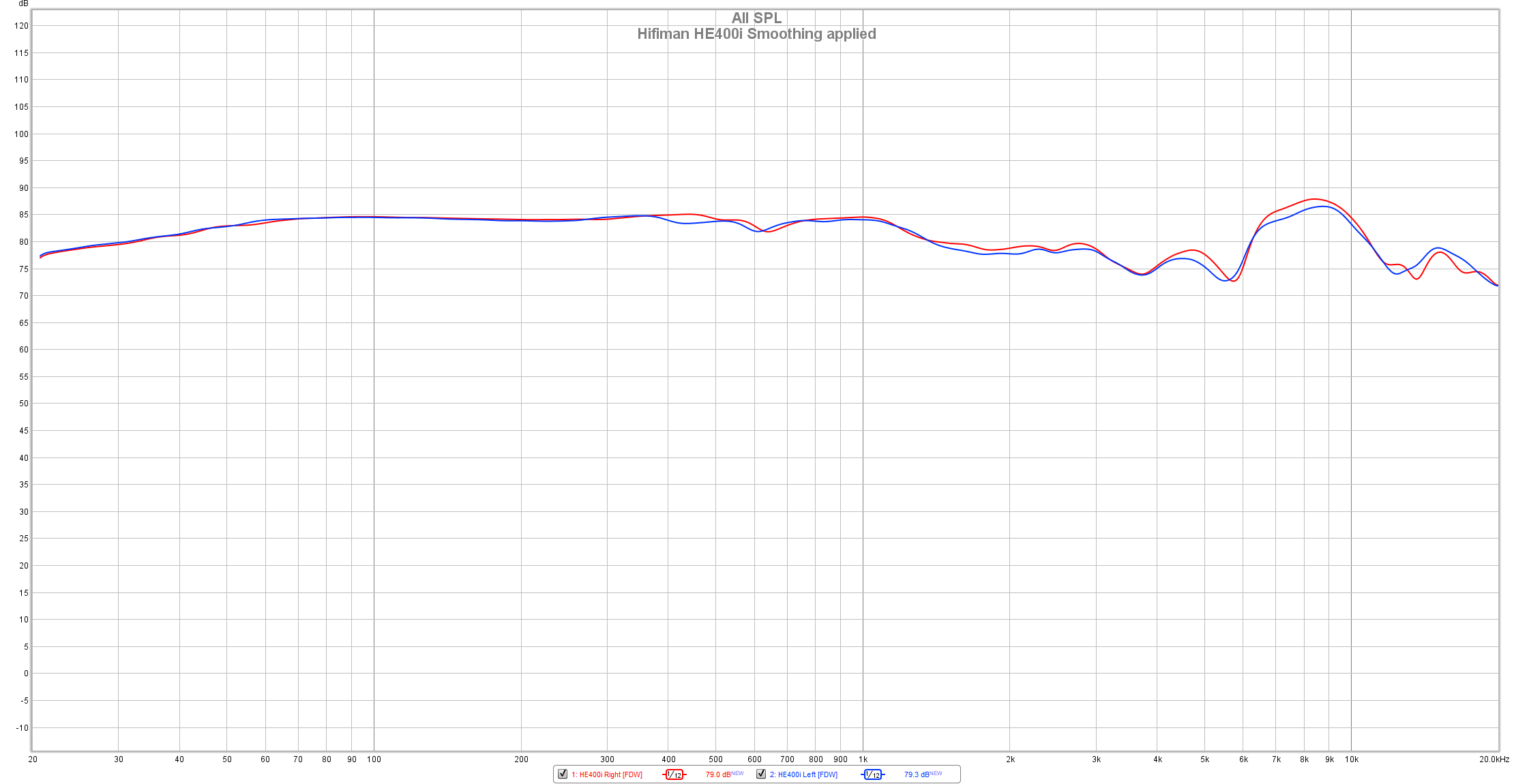
Applying a gentle 1/12 smoothing resulted in a graph that didn’t change a lot, now you can better see the driver matching between L and R and the slight roll-off in the treble region. All in all, HE400i has a linear frequency response and little to nothing to complain about, especially when you consider the price of this one.
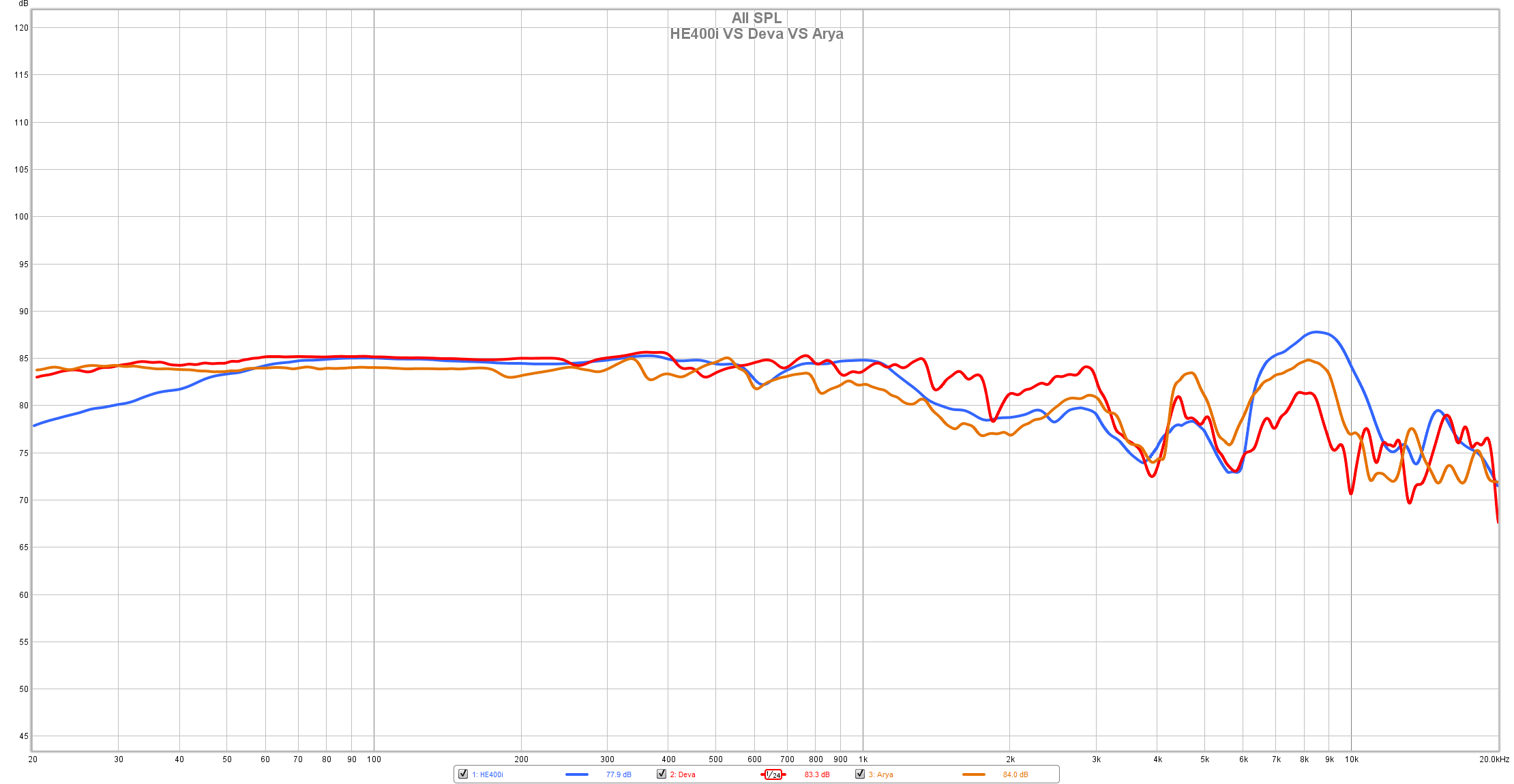
If you are curious how HE400i stacks up against Hifiman Deva and Arya headphones, here is a graph that will help you out. HE400i – Blue, Deva – Red, Arya – Orange.

THD (total harmonic distortion) is much better compared to dynamic headphones and it seems to have a very respectable distortion even down to the lowest octaves. Most of it stays somewhere around 0.5% of distortion which is insignificant.
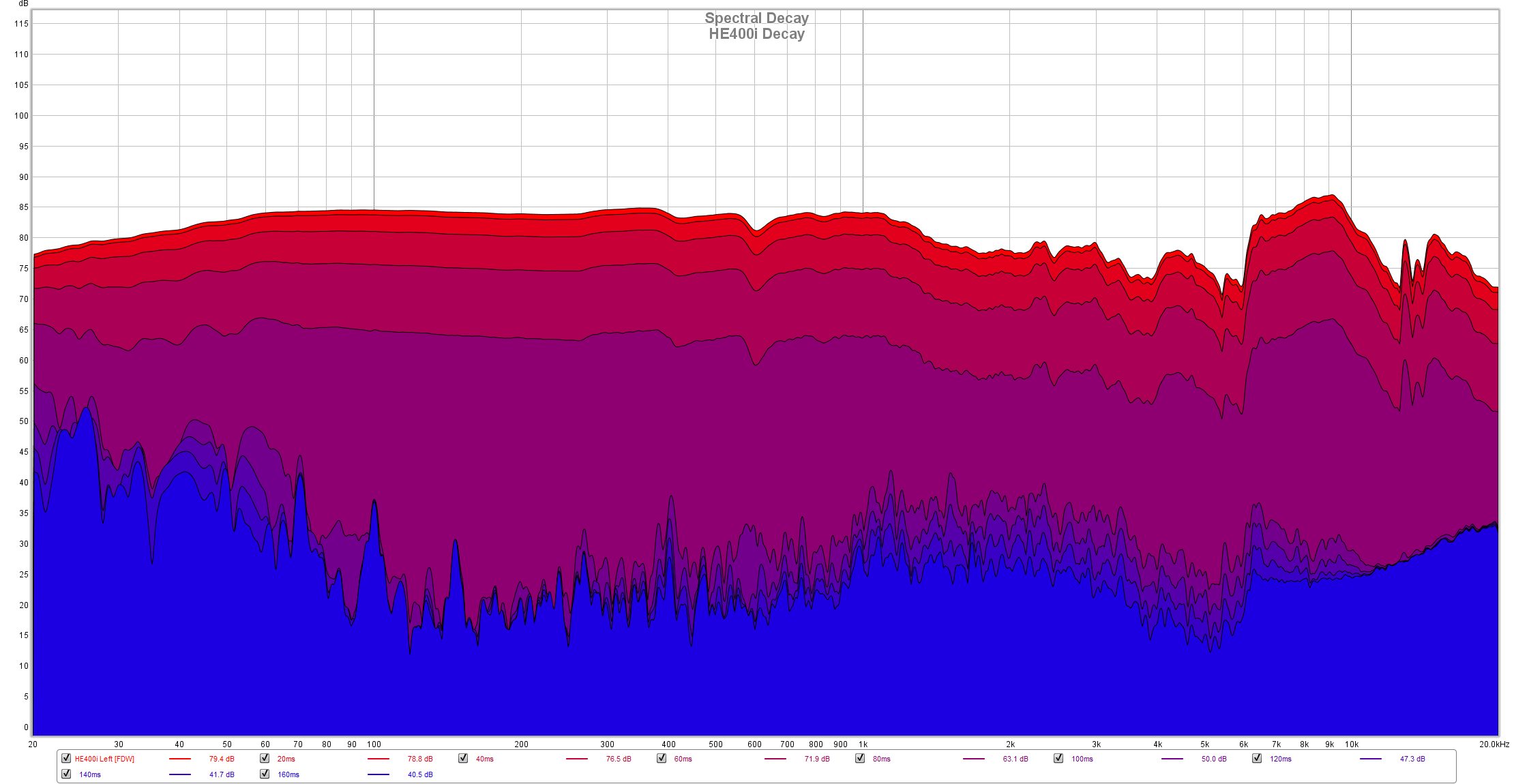
Its spectral decay is showing that the diaphragm is moving at the right speed and nothing remains behind. In all fairness its decay is spectacular looking and it is considerably better compared to some pricier planars I have tested around here.
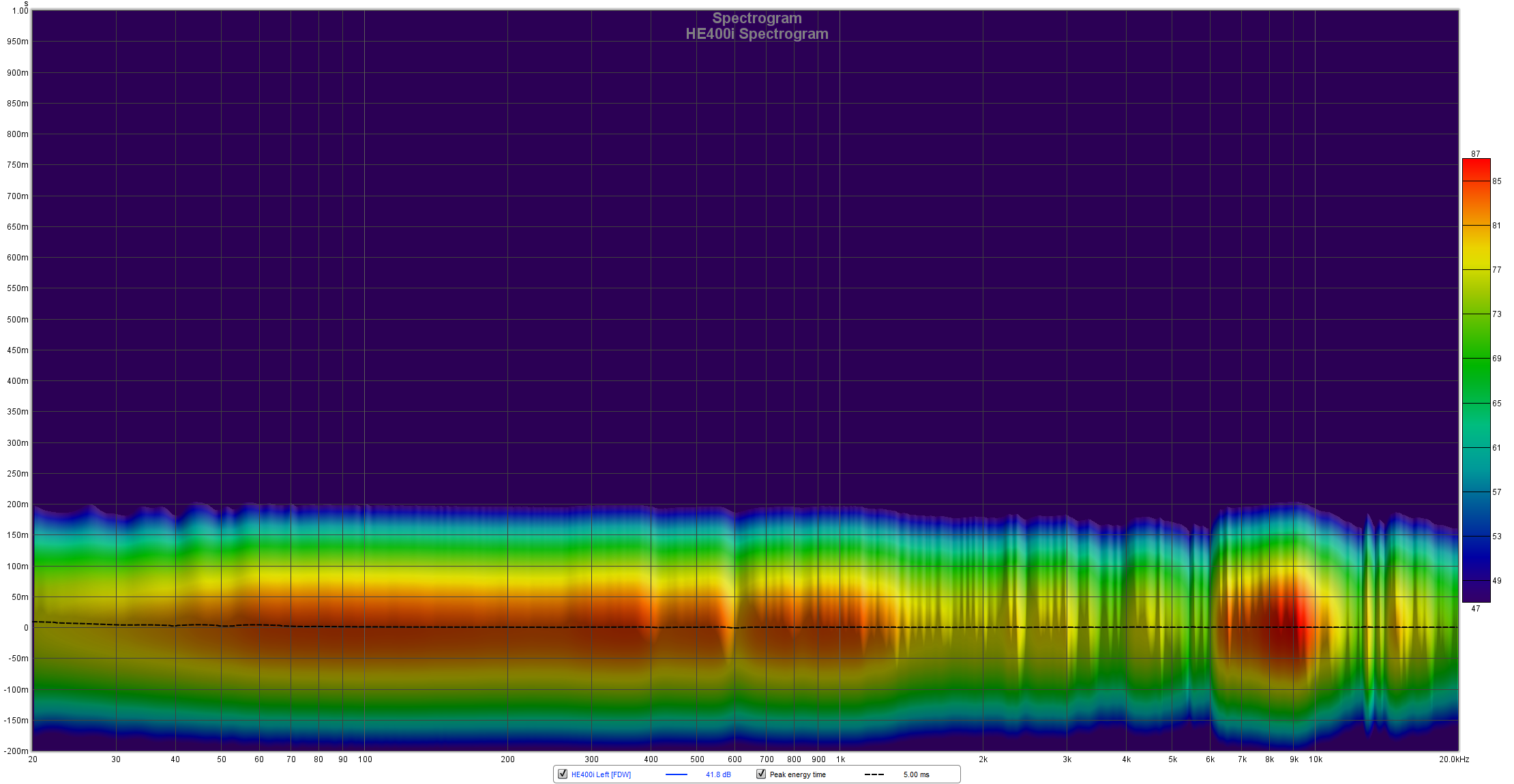
Spectrogram and waterfall readings will show all the hot zones and as I expected the mid-bass, lower midrange and upper treble is where all the magic is happening. Treble is particularly impressive as a lot of small details are lingering exactly in there and you can hear them loud and clear.
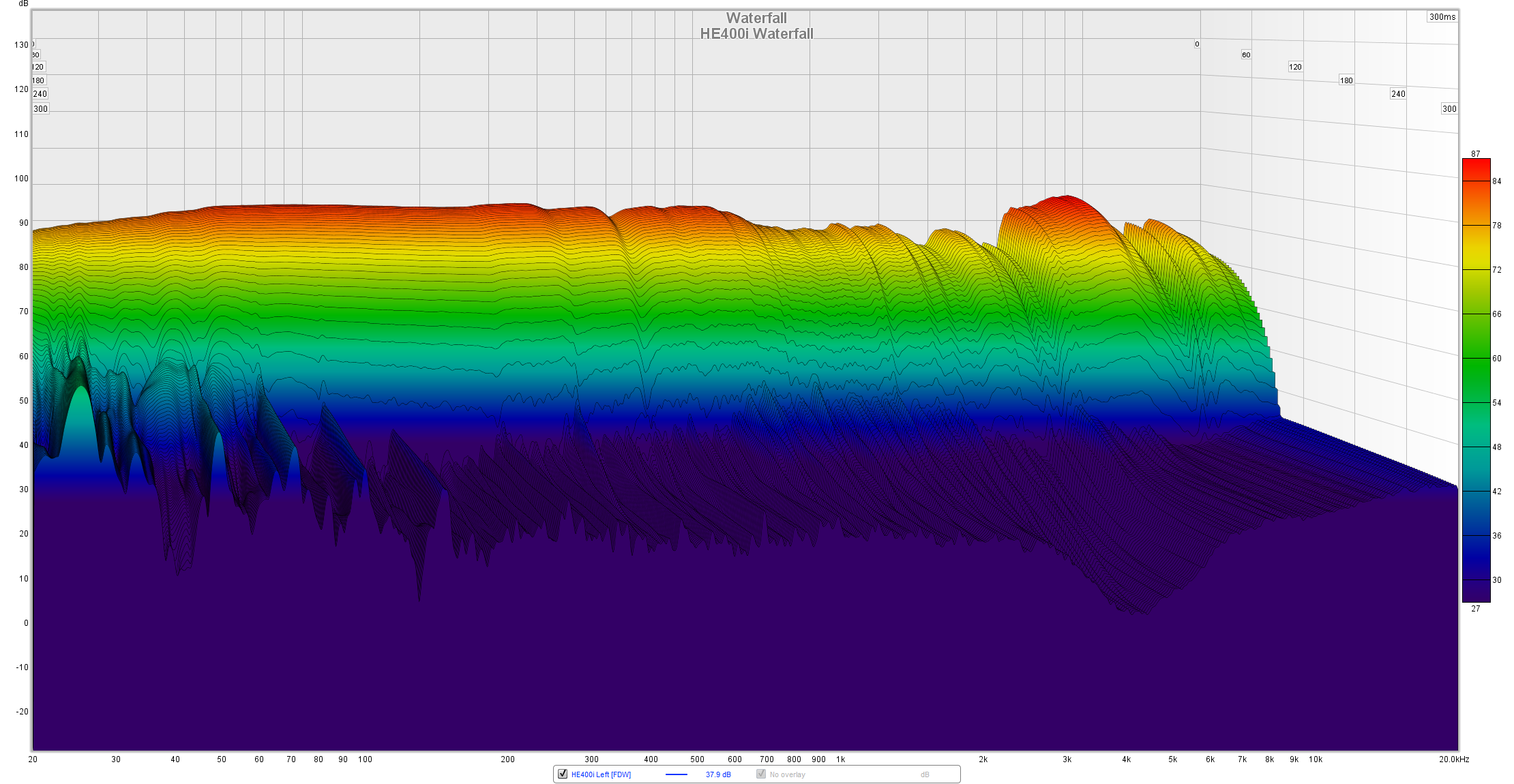
Overall, HE400i has a low THD, an extended frequency response and a super-fast driver movement thanks to its instant decay.
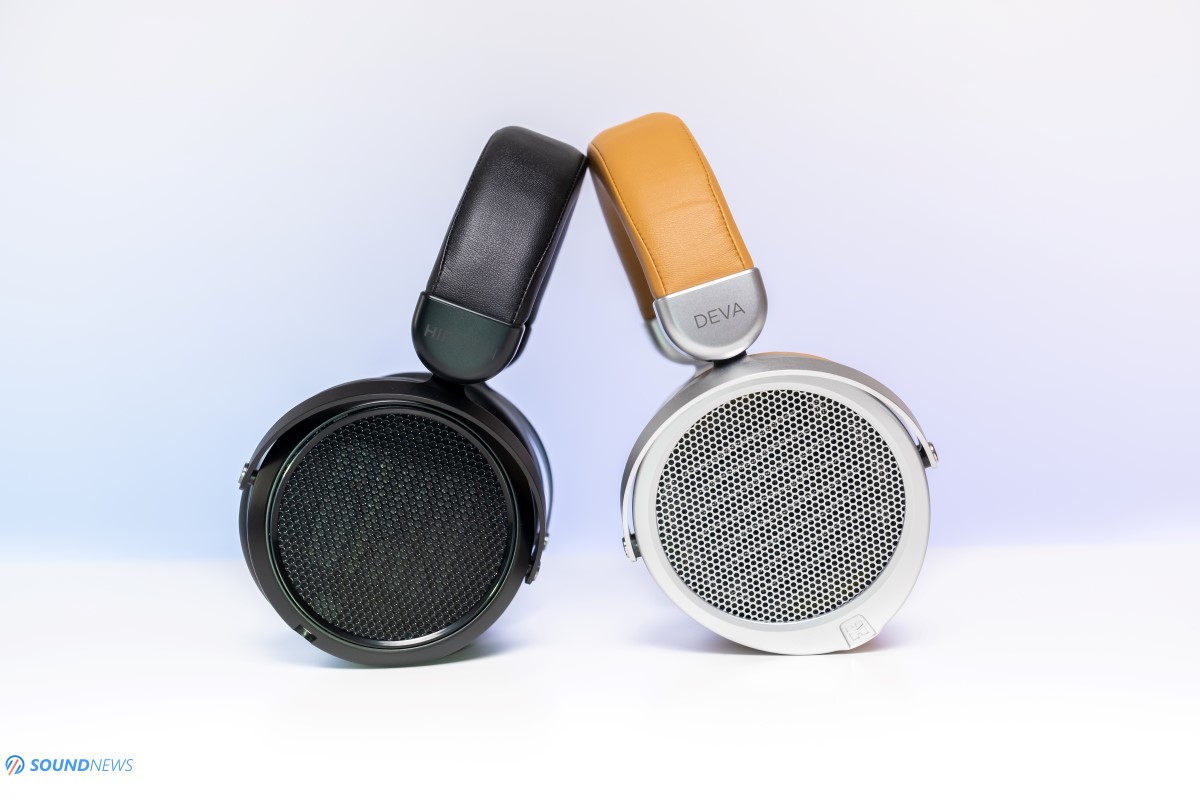
VIII. A Comparison
Hifiman HE400i 2020 Edition ($169 EUR) VS Hifiman Deva ($219)
Both headphones are looking more or less the same, with the exception that Deva has an elongated earcup around those headphone jacks so it could accommodate a BlueMini wireless companion. Personally, I like the looks of HE400i a lot more, its mate black everything looks simply amazing, this is how a headphone should look. Deva is looking more like a fashion accessory, at least to me.
Their weight is pretty much the same, so it is their build quality, both use deep and soft ear-pads that are comfortable long term, their metal parts are identical, their shade system, yokes and headbands are exactly the same. Deva has a lower impedance of just 18 Ohms compared to 35 Ohms on HE400i, but that didn’t impact their sensitivity as both have it at around 93 dB per 1mW. I presume that Hifiman used a slightly different planar driver, since both measure a bit different and they both have a different driver impedance.
When it comes to sound performance, they are sounding pretty close to each other, still there is a clear difference which I’d like to discuss. I don’t know what is causing this, but Deva has a higher driver ringing and distortion in the treble area. HE400i on the other hand does not distort as much and has it actually more defined and clearer sounding. Its weird to say it, but HE400i sounds clearer and more detailed, there is simply more happening from mid to upper treble. Deva feels less crispy and not as engaging in that region. While listening to modern rock, it was a complete experience via HE400i and a less engaging one via Deva. On the other hand, some brighter recording worked better on Deva than on HE400i.
On the flip-side, Deva has a better sub-bass performance that is almost linear, it needs much less EQ adjustments to be perfect. It starts showing bass information starting with 20 Hz, by comparison HE400i will lower its sound pressure level by about 7dB in that region.
A slightly stronger bass and leaner treble of Deva, makes it by a little warmer and calmer sounding headphone, HE400i on other had is more visceral sounding, it is faster sounding since its bass decays faster with little to no distortion. Waterfall and Spectrogram plots of Deva shows some uneven driver movement in the sub-bass and upper treble, a thing that HE400i does not have at all. As a direct result HE400i sound slightly better to me, more coherent, more high-end so to speak, with less ringing at frequency extremes. Deva might appeal a lot more to “Beats” generation as it sounds warmer, boomier and more mainstream, HE400i will impress an audiophile a lot more as it has better technicalities and measurements.
I don’t consider that one is better and the other is worse, they have different purposes and targets so pick the one that suits you better.
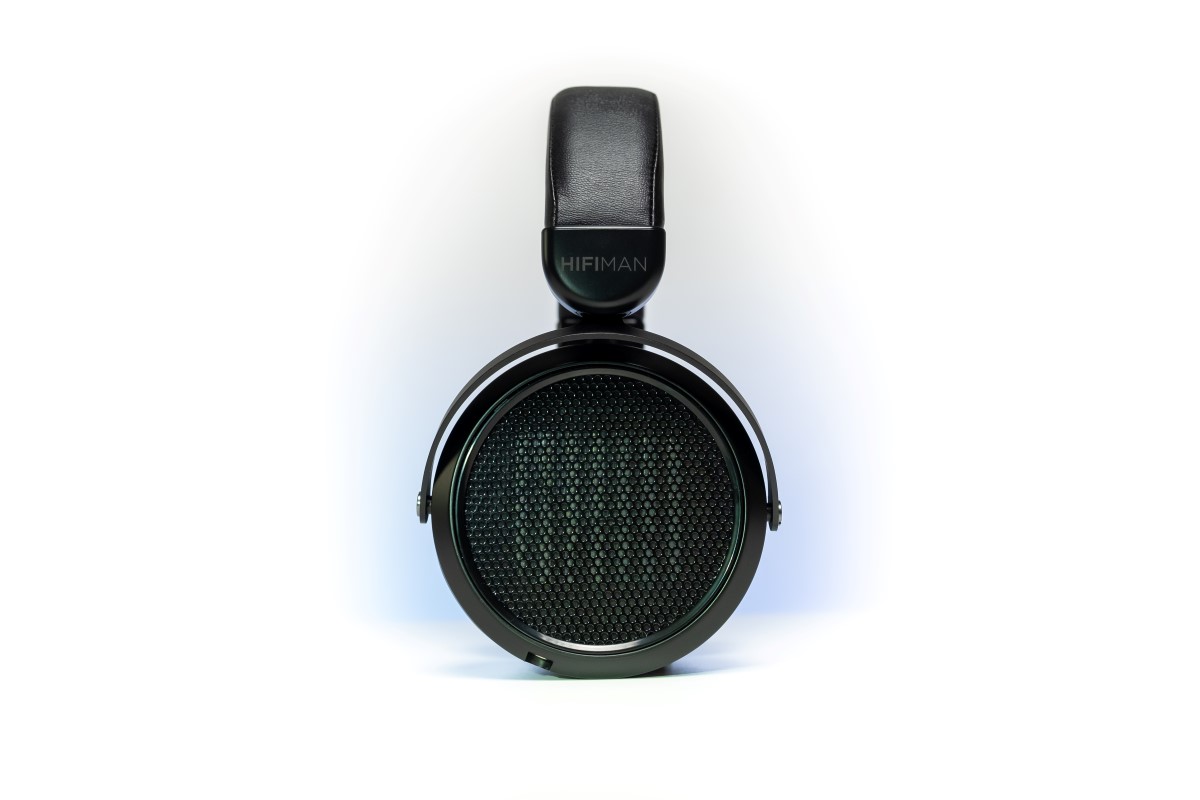
Conclusion
I didn’t have a lot of faith and hope when I’ve received them, but after putting them on, all my fears seemed like forgotten nightmares. I’ve spotted macro and micro-details in my music, that I am normally experiencing with expensive desktop planars. They were moving huge quantities of air, creating a well spread soundstage with huge air gaps between every note. Everything sounded separated, well defined and completely out of my head. HE400i does not sound like entry-level headphones, they don’t sound as Mid-Fi headphones either. They can be easily compared with much pricier offerings of any other manufacturer, their detail retrieval, transparency and soundstage are on a very high level and I really didn’t expect that.
A day came when good sounding full-sized desktop planar-magnetic headphones can be had as little as $169 in the USA and somewhere around €200 here in Europe. At this price point, HE400i are outperforming everything when it comes to things like details, layering and stage size and it is my pleasure to recommend them as a very good starting point.
You can purchase them directly from Hifiman Store or you can try your local distributor for a better product support. I’m not affiliated with either of them, so purchase them from your favorite store.
PROS:
- Good packaging, good cable quality
- Looks gorgeous, I’m loving its matte black paint
- You are getting planar-magnetic drivers in a such affordable package
- Detailed and airy sounding, amazing layering and soundstaging capabilities
- Quite linear sounding, with only few dips and rises in the FR
- Fast decays, extremely fast sounding with the right gear
- Good punch while driver by desktop power
- Easy to drive – just make sure to use a dedicated DAP instead of a smartphone and you are ready to rock
- The absolute Best Value of the headphone kingdom
CONS:
- No carry-case in the package
- Weaker sub-bass with portable sources
- Upper midrange needs more presence
ASSOCIATED EQUIPMENT:
- Sources: Xiaomi Mi 9T Pro, Corsair One i160
- DACs: Soncoz SGD1, Aune Audio S8, Burson Conductor 3X Performance, Audiobyte HydraVox + HydraZap, Matrix Audio Element X, Flux Lab Acoustics FCN-10
- DAPs: Shanling M6, FiiO M15
- Headphone Amps: Benchmark HPA4, SparkoS Labs Aries, Flux Lab Acoustics FCN-10, LittleDot MKIII SE
- Integrated Amps: KECES E40
- Power Amps: KECES S300, S125, Kinki Studio EX-M7
- IEMs: FiiO FA9, FH7, Meze Rai Penta, Rai Solo & lots of other lower tiered ones
- Portable headphones: Sennheiser Momentum 2, Meze 99 Classics
- Wireless headphones: Sony WF-1000XM3, Sennheiser Momentum 3, Master&Dynamic MW65
- Full-sized headphones: Hifiman HE400i, Deva, Arya, Susvara, Audeze LCD-4, Erzetich Phobos, Erzetich Mania, Quad ERA-1, Ollo S4X Reference, Kennerton Wodan, Magni & Gjallarhorn, Fostex TH909
- Loudspeakers: Buchardt S400
- Interconnects: QED Reference (x2), Aune AL3
- Speaker cables: Kimber PR8, Audioquest Type4
- Power Cables: Isotek EVO3 Premier (x3)
- Balanced Isolation Power Conditioner: PLiXiR Elite BAC400
